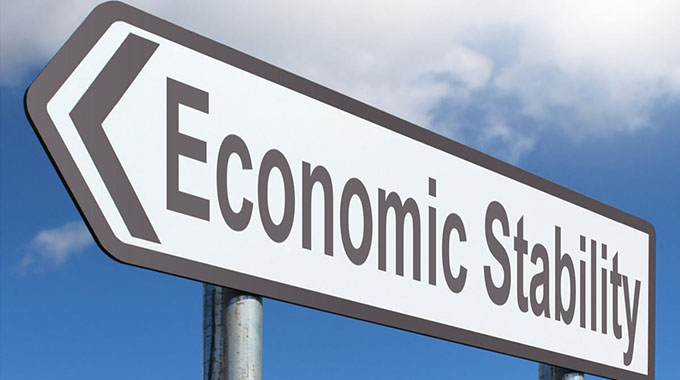by Tapiwa Mutonhodzi
Transformation of Zimbabwe economy has began to take shape through the implementation of the promises made by President Emmerson Mnangagwa, as Government commits itself to productive economic activities.
During his inauguration speech on, 26 August 2018, President Emmerson Mnangagwa said it was now time for us all to unite as a nation and grow our economy. He also encouraged people to courageously and diligently embark on a shared journey towards the realisation of our national vision to transform Zimbabwe into a middle income economy, with increased investment, decent jobs, broad based empowerment, free from poverty and corruption by 2030.
In this light as envisaged by the President, the country has potential to turn around its economy through projects such as the US$ 2 billion Great Dyke Investments joint venture between Russia’s Vi Holdings and Zimbabwe’s Landela Mining Venture (Pvt) Ltd.
The Great Dyke Investment mining venture has potential to employ more than 5000 thousand workers on a span of 15 years thereby ensuring decent jobs in the mining sector.
Last year Zimbabwe and the United Arab Emirates (UAE) signed a 2000 megawatts solar power generation deal. Zimbabwe will soon be adding 1000 MW to be drawn from the solar field to its national grid under the deal with UAE upon completion of the first phase of power production.
The country has a brighter future as Government has ensured the increased generation for productive mining activities, industries, the agriculture sector and household use in general.
As Government continues to work to address the economic challenges in the country, President Emmerson Mnangagwa remains determined that Government will attain Vision 2030 of an upper middle income economy, if Zimbabweans work towards its attainment.
Through its reengagement efforts with the international community, Zimbabwe has managed to lure foreign partners to support its development efforts. For example the completed Hwange units 7 and 8 extensions funded by China to the tune of US$1, 5 billion will generate power 24 hours a day supplying an additional 600 MW into the national grid.
In June 2019, the construction of the 1200 megawatts Batoka Gorge Hydroelectric Power Station contract was awarded to Power Construction Corporation of China and General Electric of the United States. Through these electricity production projects, Zimbabwe will soon start exporting electricity and earn foreign currency which should contribute positively to its economic turnaround.
Recently Zimbabwe and Japan put aside US$7.5 million to renovate hospitals namely Sally Mugabe Central Hospital, Harare Children’s Hospital, Bulawayo, Gweru and Mutare hospitals. Through the implementation of the Transitional Stabilisation Programme (TSP) prioritising infrastructure development, Government has managed to mobilise US$5 million for renovating main hospitals and Japan unveiled US$2.5 million to procure equipment for Harare Children’s Hospital.
Zimbabwe and the European Union (EU) in January this year launched a €10 million Zimbabwe Economic Partnership Agreement (ZEPA) Support Project after it was signed between the two in 2017. ZEPA aims at boosting the small to medium scale enterprises to take part in the regional and international trading system through incentivising production and trade.
Government remains committed to the attainment of vision 2030; by empowering the country’s economic sectors through provision of adequate electricity stimulates productivity; renovation of the country’s health sector retains a healthy skilled workforce and contributions towards a vibrant small to medium sized enterprises ensure exports which will ensure Zimbabwe claims its place in the international trade market.




